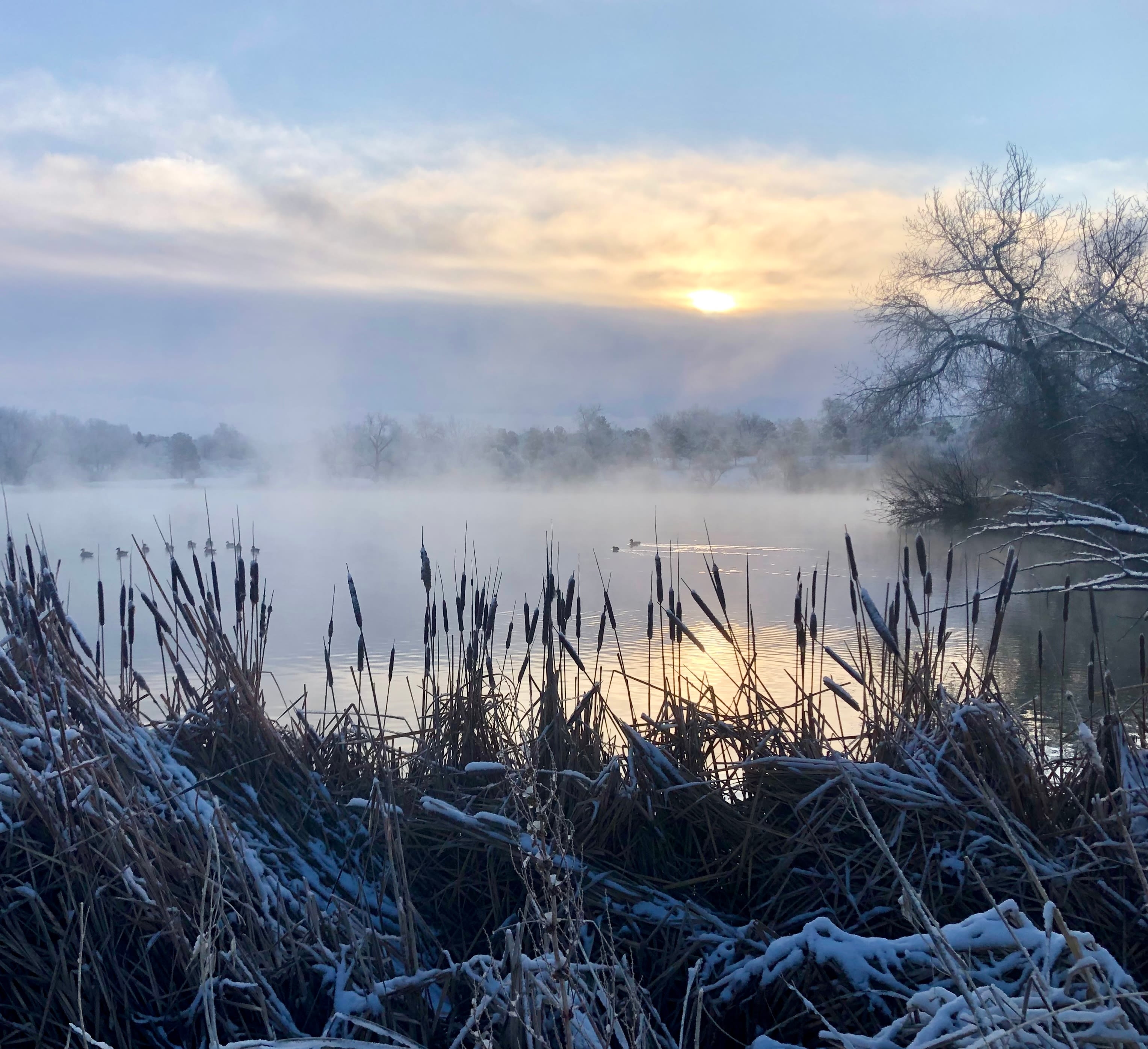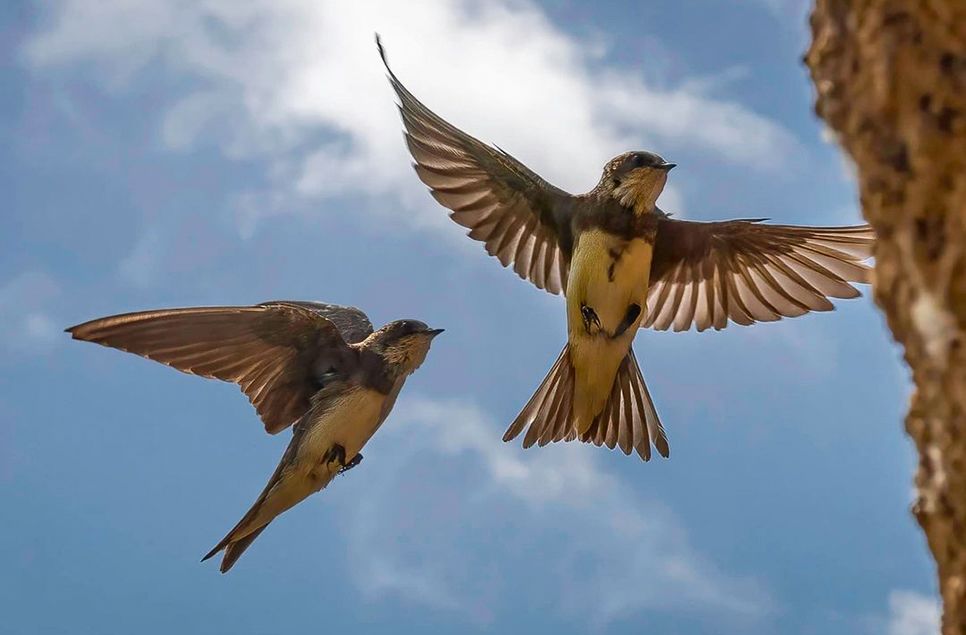2024 at WWT:
A year of wildlife in pictures
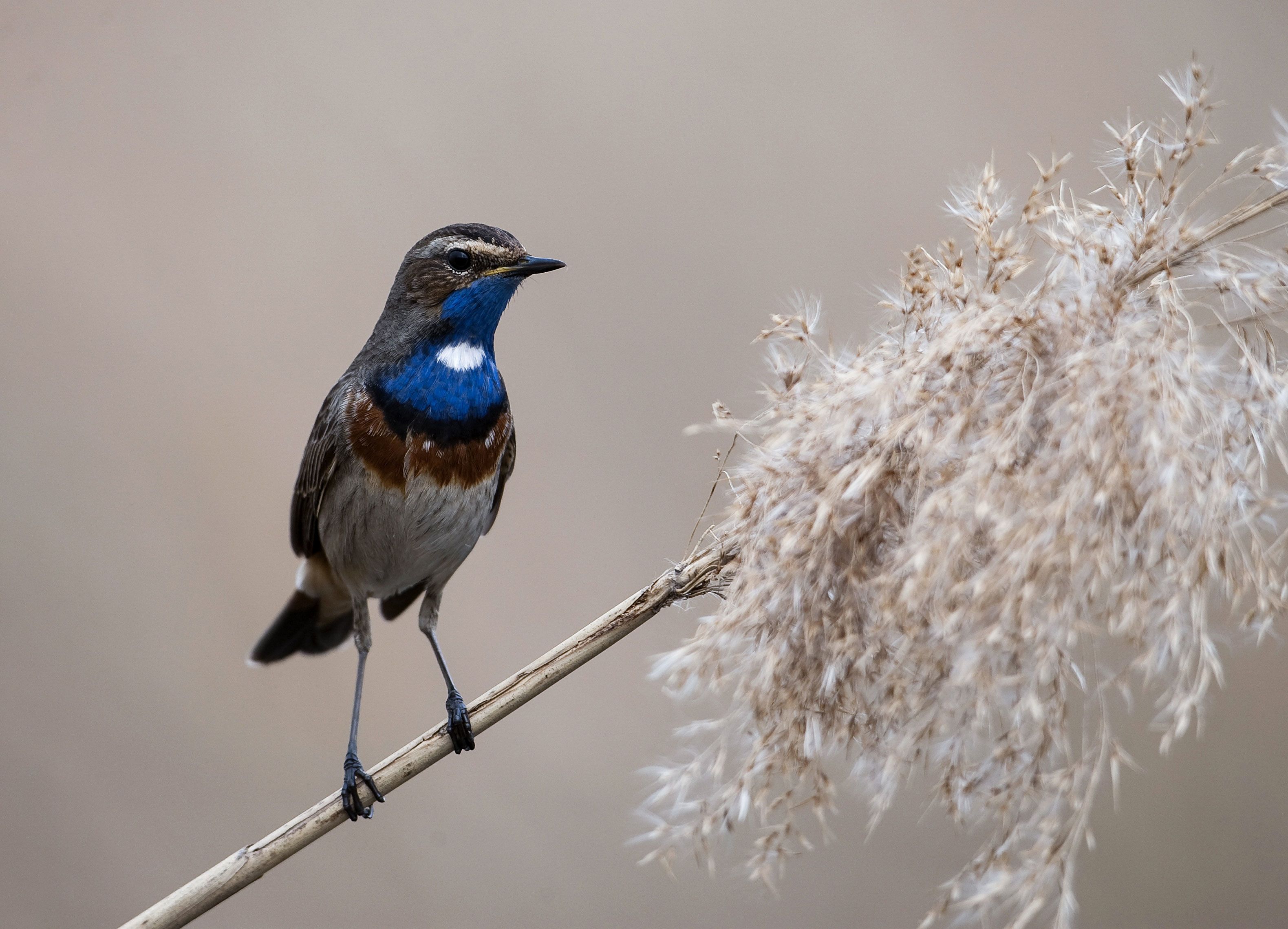
Your support this year has been amazing. In the year when 60,000 people marched on London to ‘Restore Nature Now’, we have so many hopeful wildlife stories to share with you from across our reserves.
Together we’ve achieved so much. So, join us as we take a minute to celebrate the beauty and wonder of our wetland wildlife that you’ve helped protect.
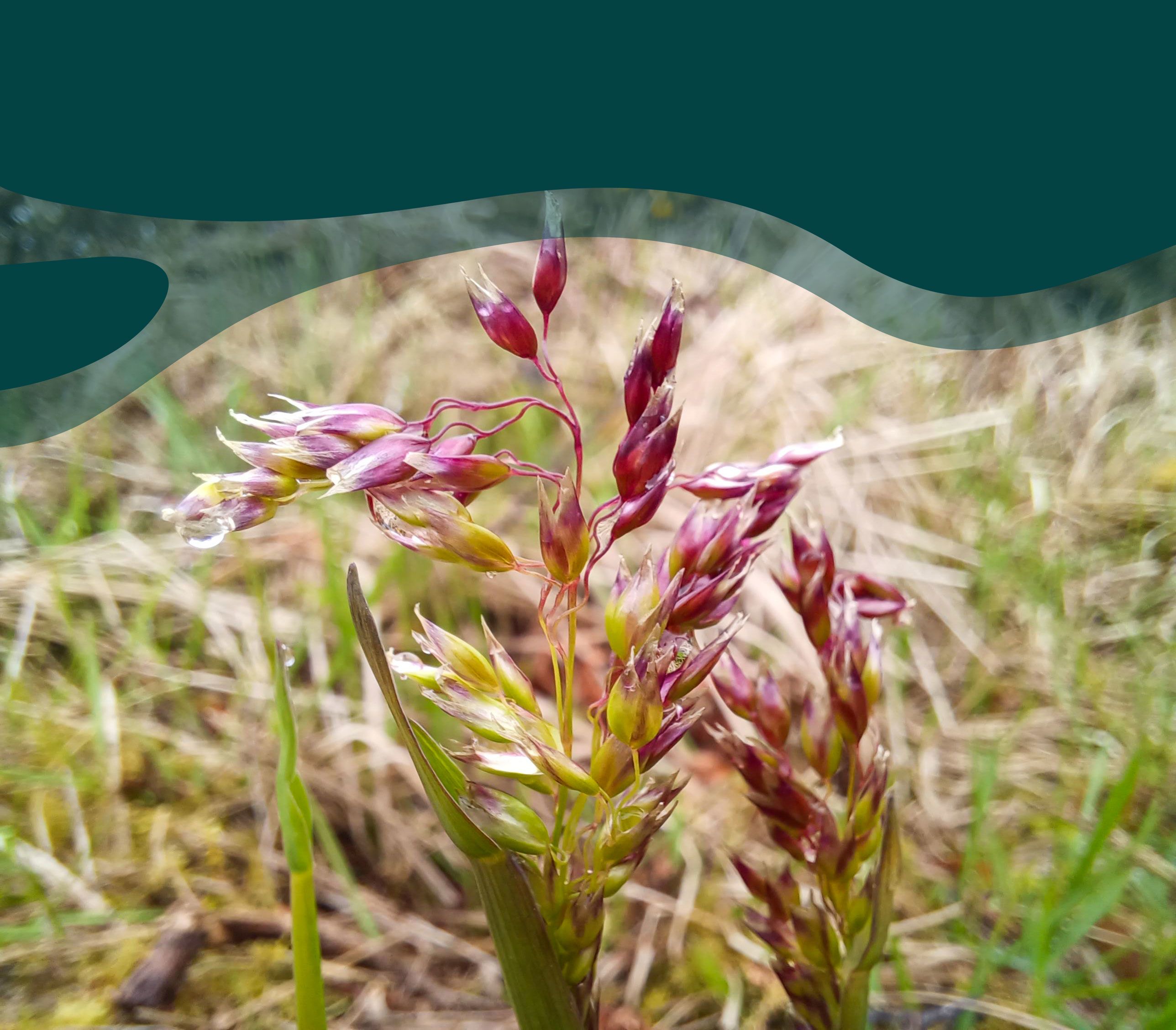
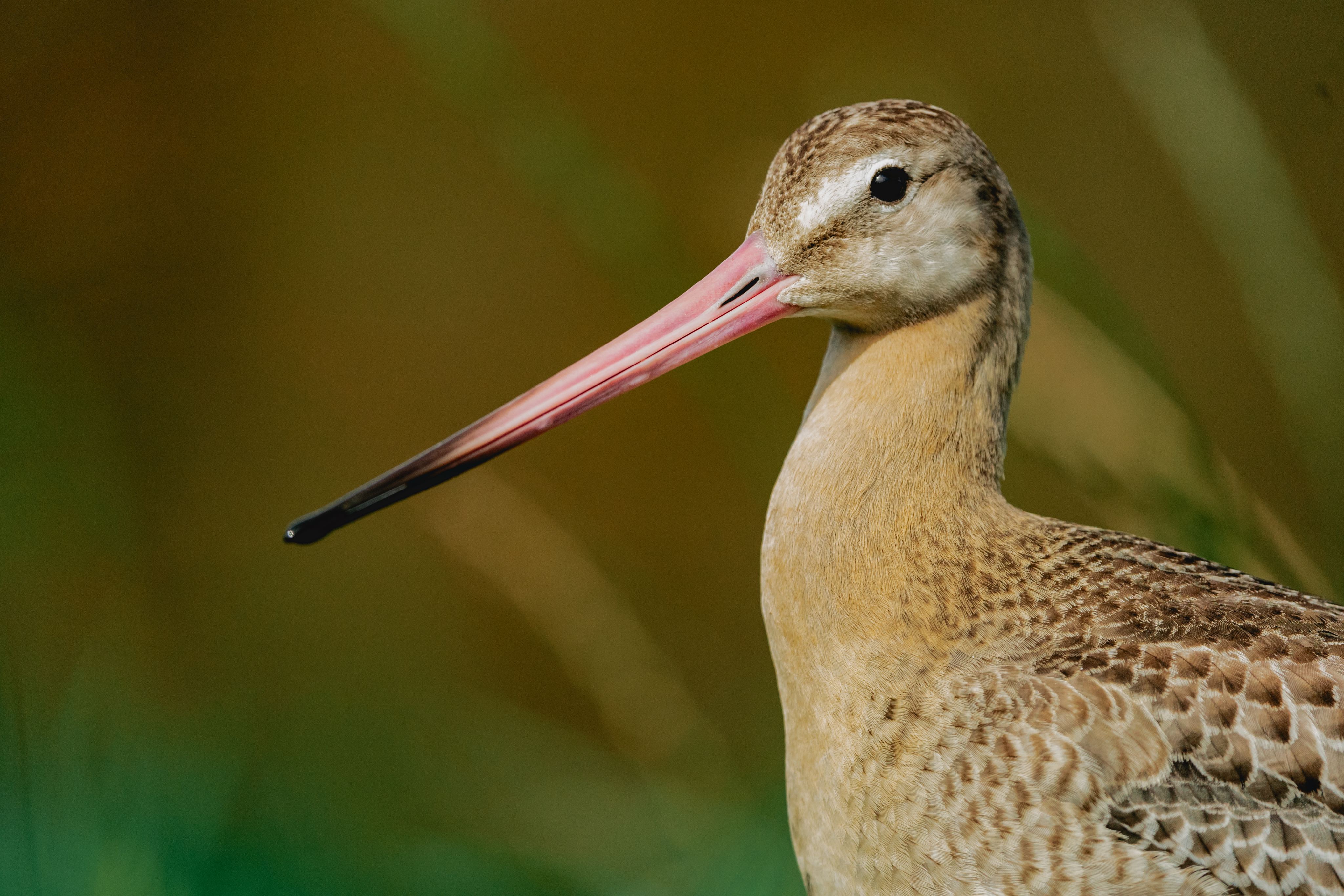
In April, we discover a patch of rare Holy Grass at WWT Caerlaverock. In North America this saltmarsh plant is known as ‘sweet grass’ and is sacred to many indigenous people. It’s only found in a few places in the UK.
In a world first, WWT experts and partners hatch a new generation of black-tailed godwits. It’s the start of a plan, that thanks to your support, will help boost the UK’s wild population with hand reared birds.
Natterjack toads at WWT Caerlaverock get a welcome boost. We create six new breeding ponds for this rare amphibian.
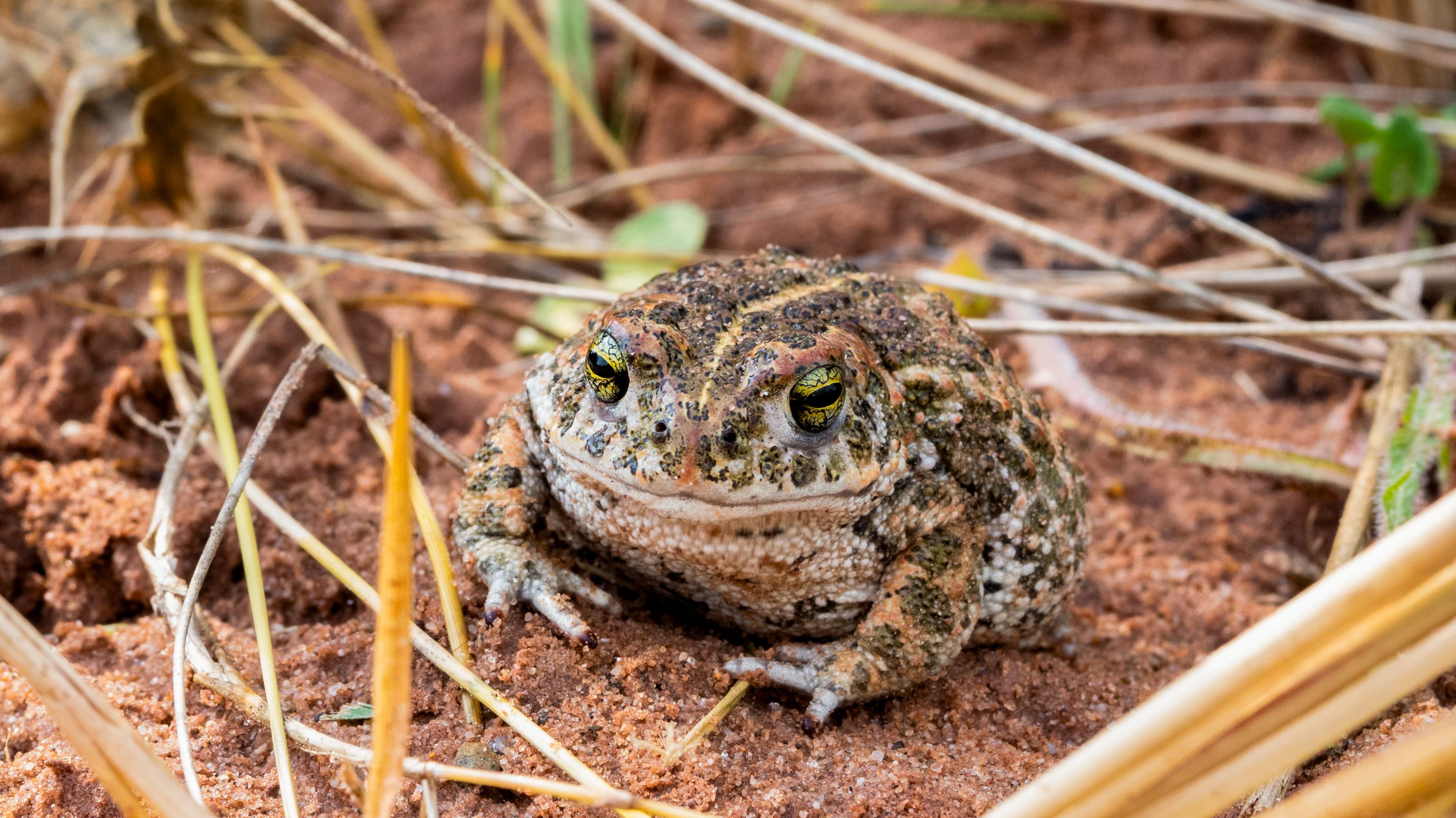
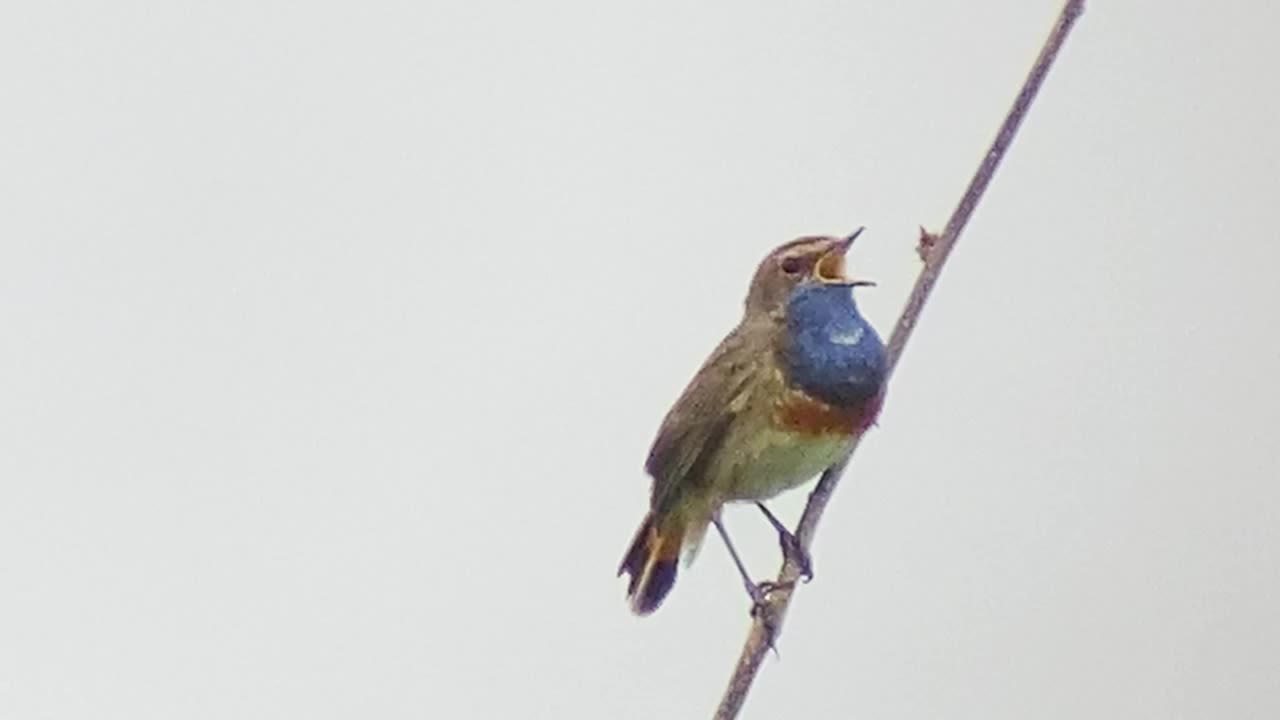
A white-spotted bluethroat graces our WWT Slimbridge wetlands for a remarkable fourth season. It’s clearly loving our new reedbeds, created thanks to your support.
We use drones and thermal imaging to identify and check on curlew nests in the Severn and Avon Vales. Then in May we attach radio transmitters to the first curlews of the season to hatch.
Meanwhile on Dartmoor, we release 25 curlews in the hope that they will become a healthy, sustainable breeding population.
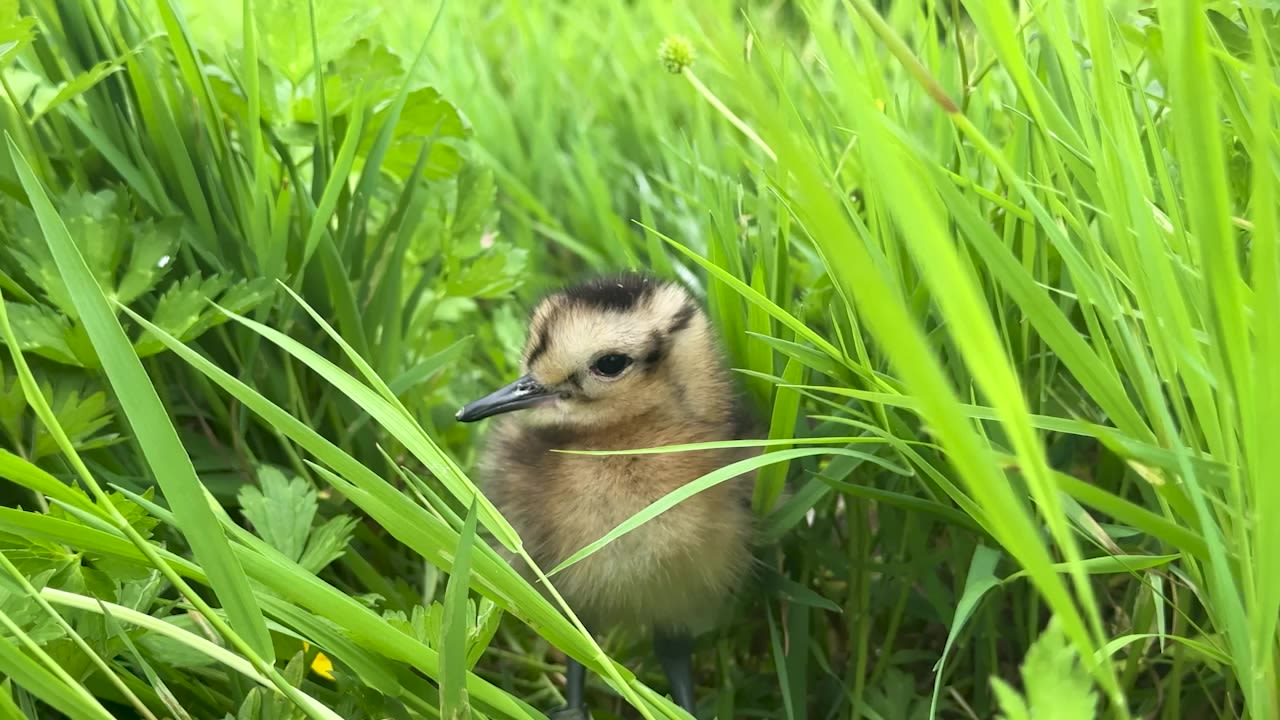
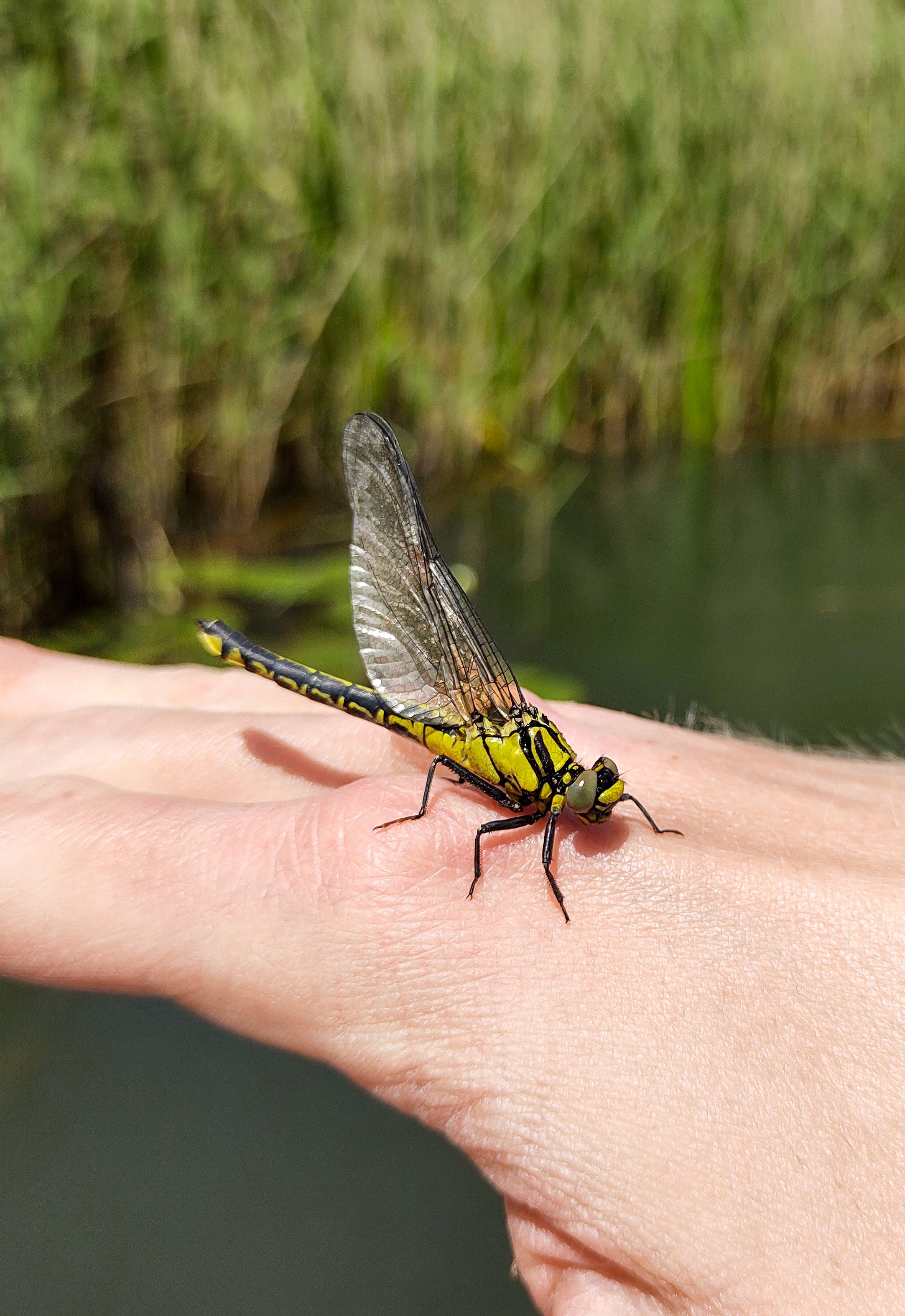
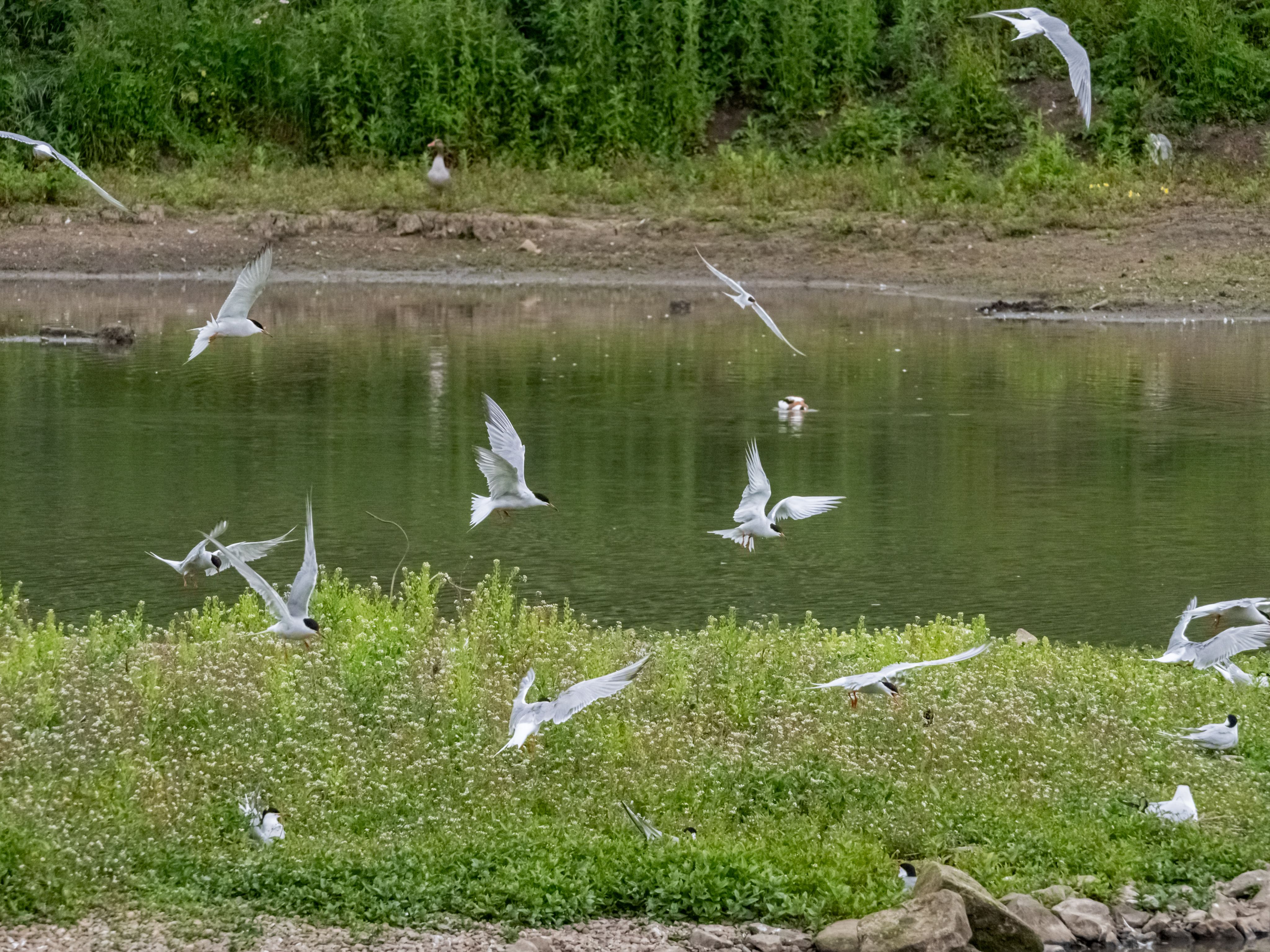
June brings a rare sighting of a common clubtail dragonfly at WWT Arundel. Something we only see once every 2 to 3 years. This water-logged beauty is rescued by one of our boat drivers.
At WWT London the endangered green-eyed hawker continues to thrive after being confirmed as a new breeding species there in 2021.
Your support means we’re able to carefully manage our wetlands so dragonflies and damselflies flourish across all our sites.
It’s good news at WWT Washington with the return of our common terns following an outbreak of bird flu in 2023. It almost destroyed the 340 strong colony, but this season numbers have steadily increased. Their bounce back is helped by the new shingle islands we’ve created thanks to your support.
© Chris Bishop at WWT Arundel
© Chris Bishop at WWT Arundel
Sand martin chicks are spotted for the first time at WWT Washington. We catch the first glimpse of them wide mouthed at one of the chamber openings in our artificial nesting bank. It was built just last year, thanks to your support.
At WWT Arundel our sand martin colony doubles in size again this year. From just 2 nests in 2017, this year sees a record 83, up from 38 in 2023.
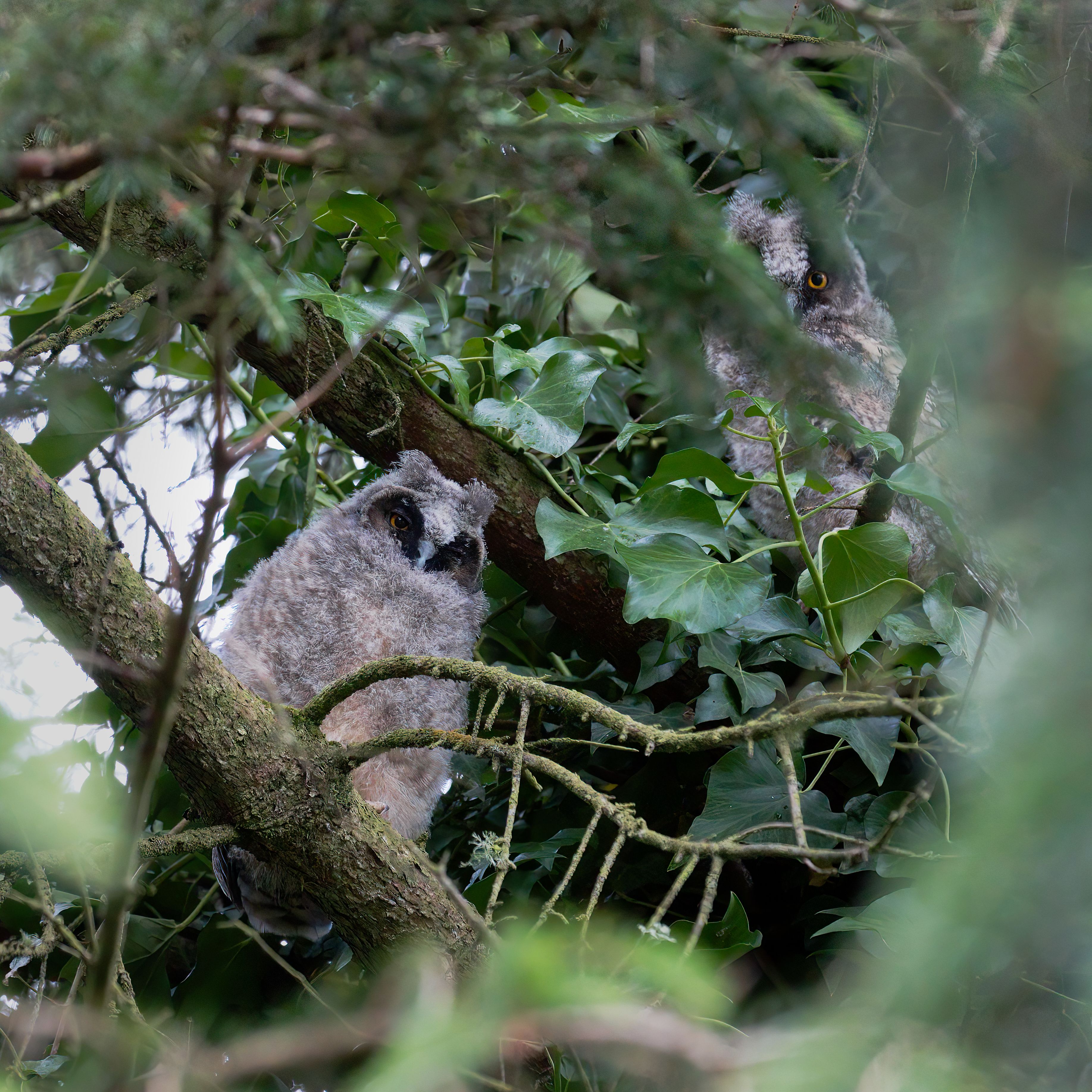
A pair of long-eared owls fledged three chicks at WWT Castle Espie. With their distinctive tufts and piercing gaze, they’re expertly camouflaged in our woodlands.
Booming marvellous! We have bittern chicks at WWT Martin Mere. After winters spent clearing scrub, managing reed beds, cutting channels and adjusting water levels, we’re rewarded with seven chicks from two nests.
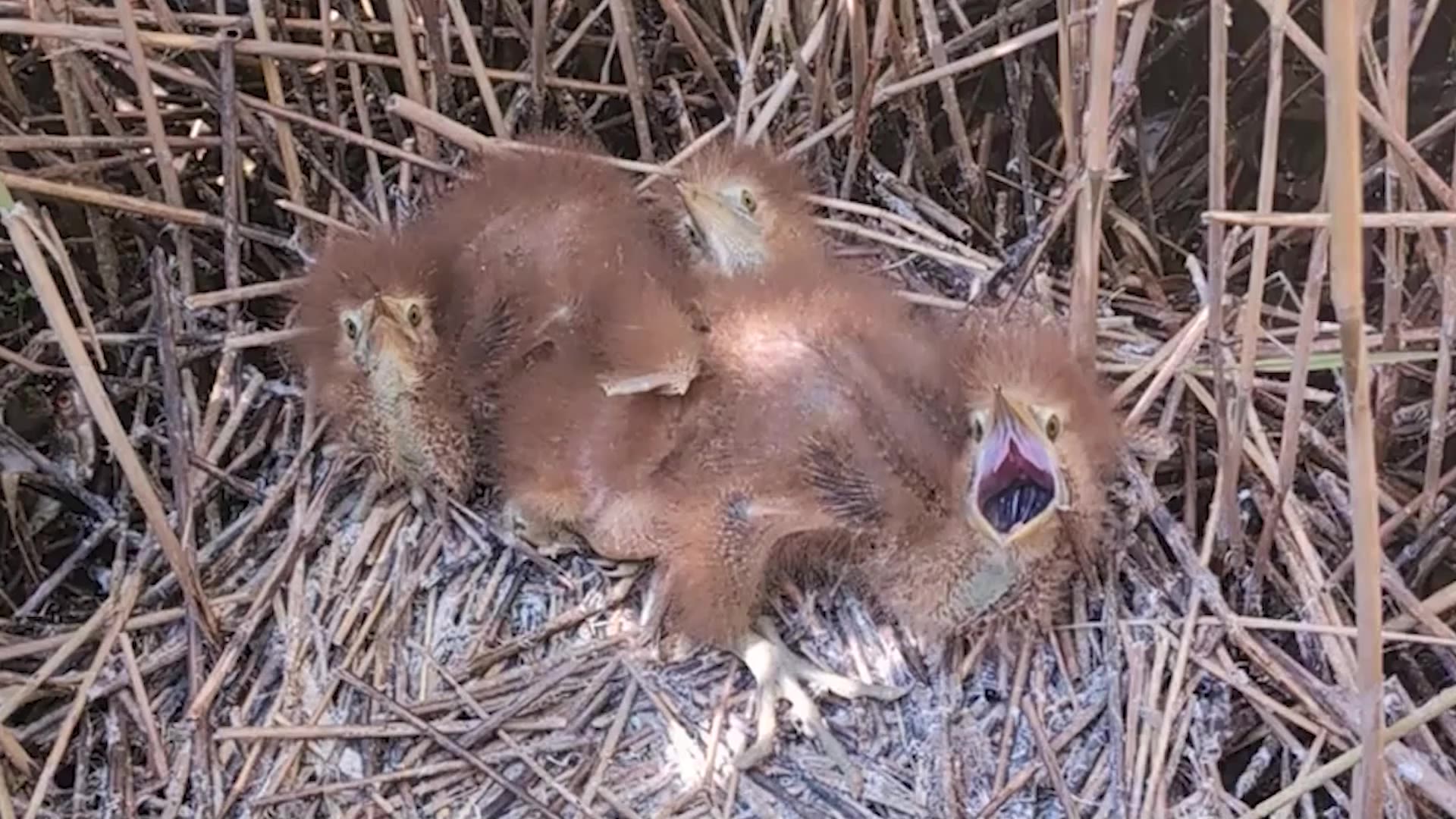
Summer brings new hope for corncrakes. Ten head started males return from Africa announcing their presence at WWT Welney with their unique ‘crex crex’ call. We also release about 50 chicks onto the reserve. It’s part of plans for a corncrake comeback in England, starting with a self-sustaining population on the Ouse Washes.
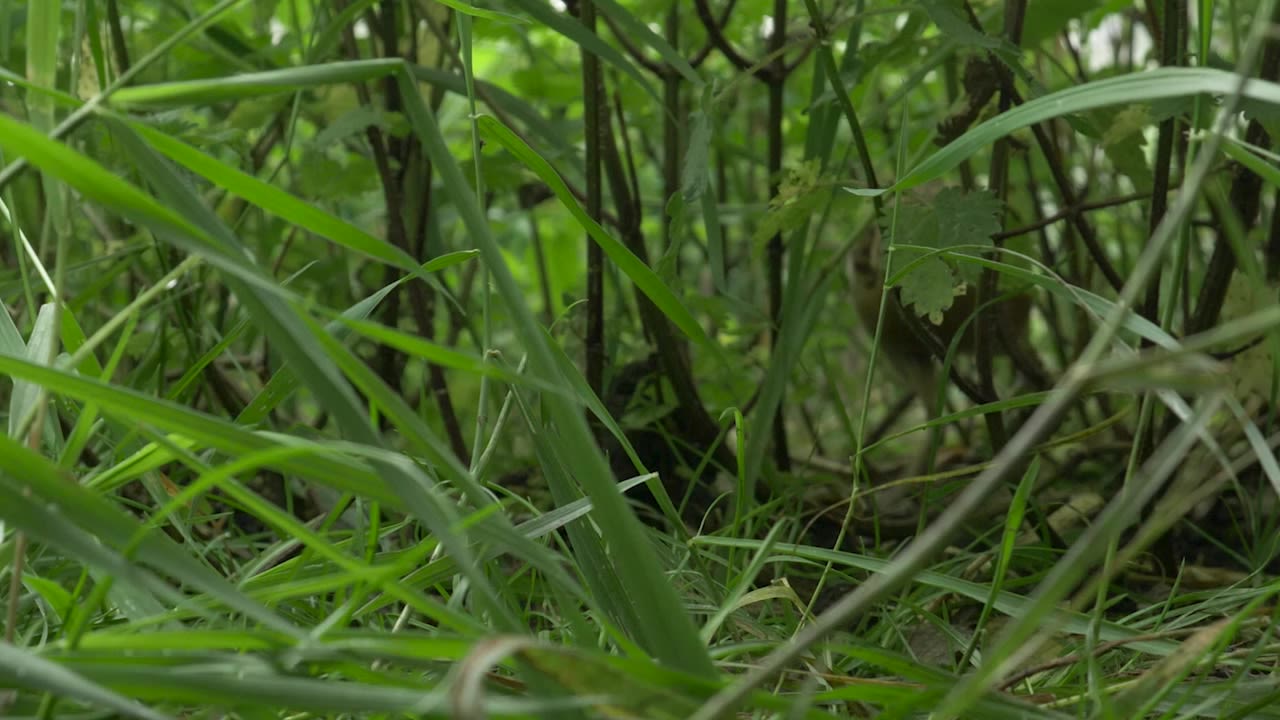
We use eDNA to survey for the critically endangered European eels in 23 ponds and 59 ditches across the Severn and Avon Vales. About 40% test positive, and now with your support we’re making our wetlands even better for eels.
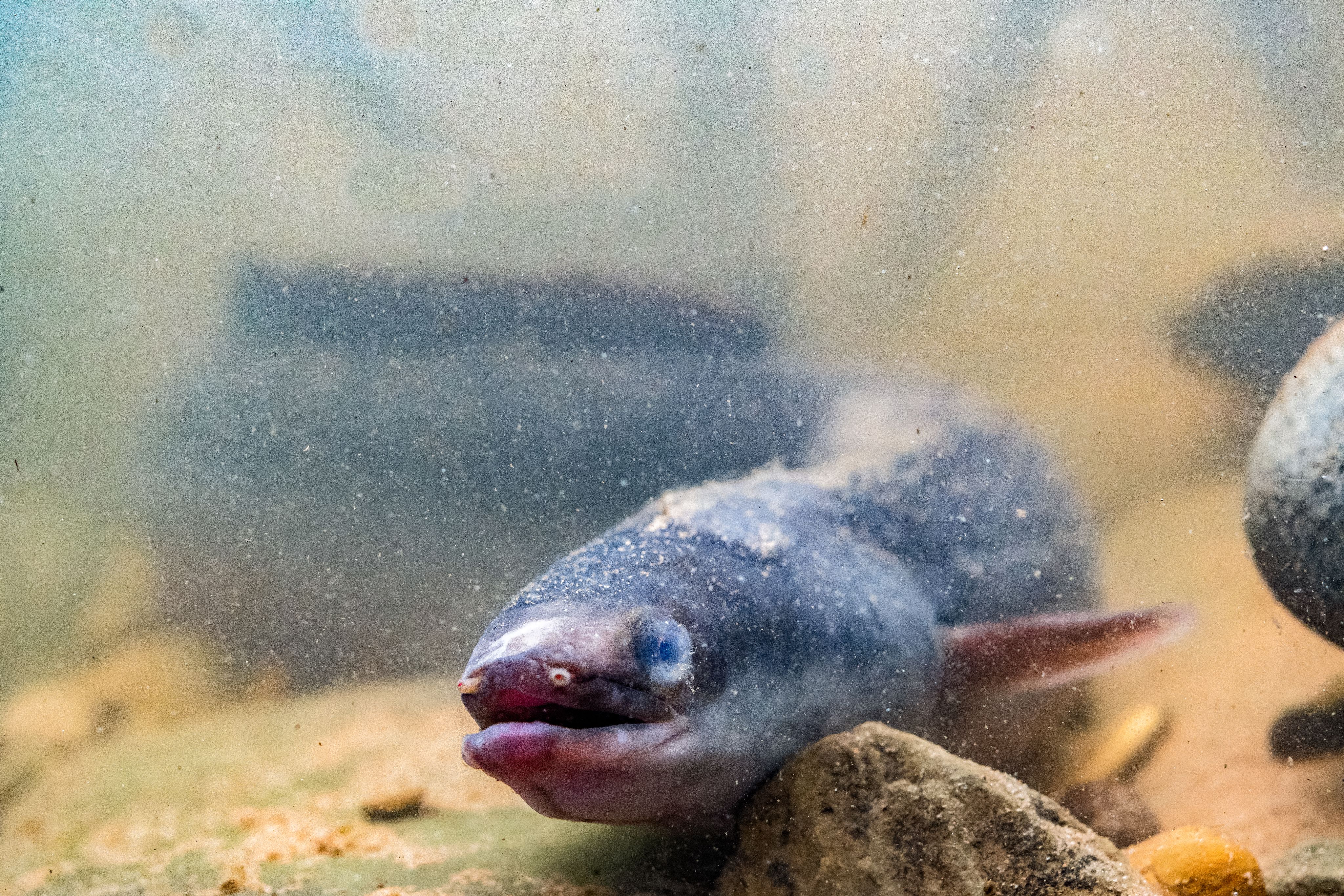
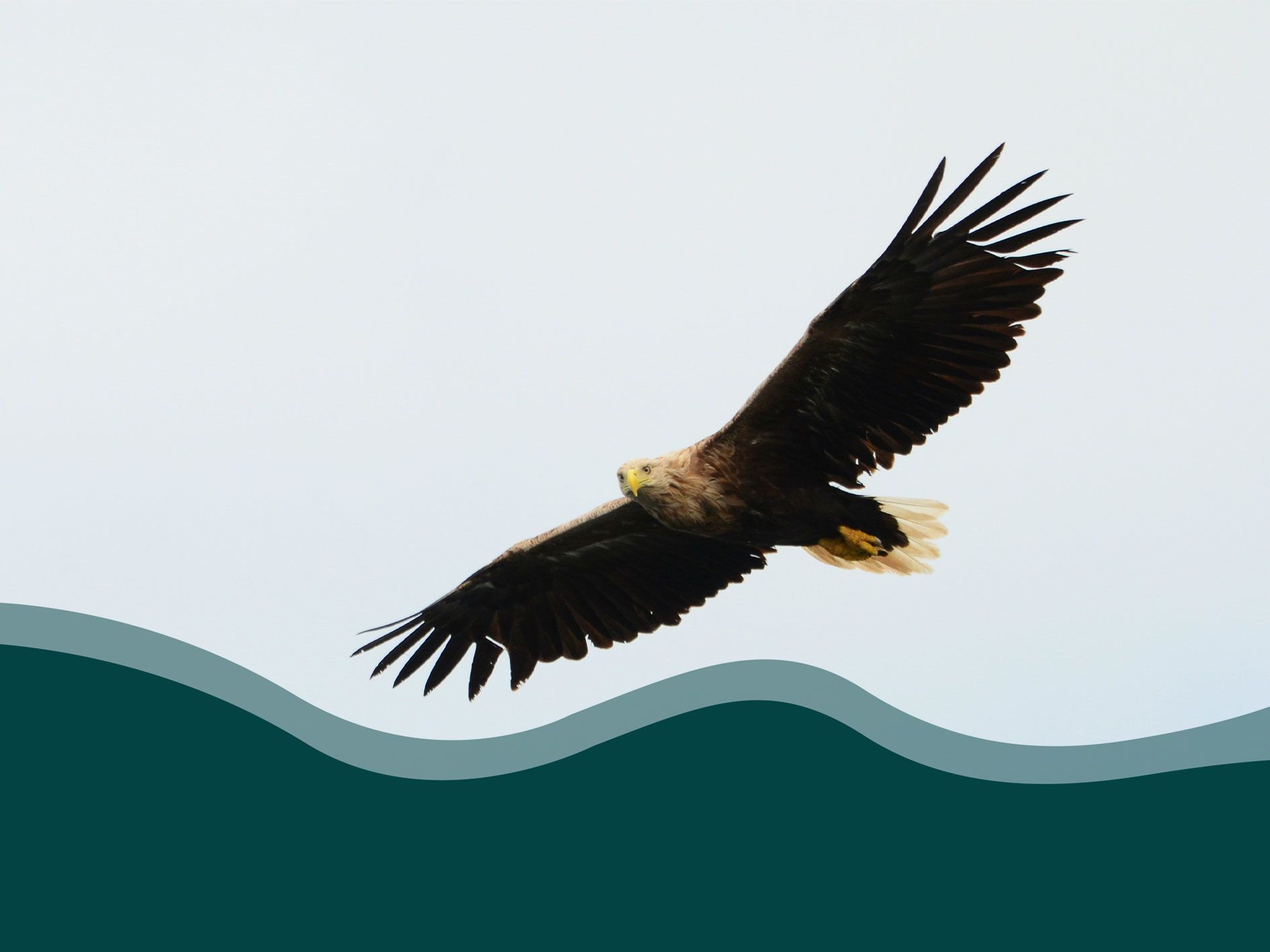
Work begins to return white-tailed sea eagles to the Severn Estuary after 150 years. WWT joins a partnership to bring this magnificent bird back to the wetlands where it belongs.
These are just some of the many highlights from 2024. Here’s just a taster of the many more successes we’ve achieved this year thanks to your generosity:
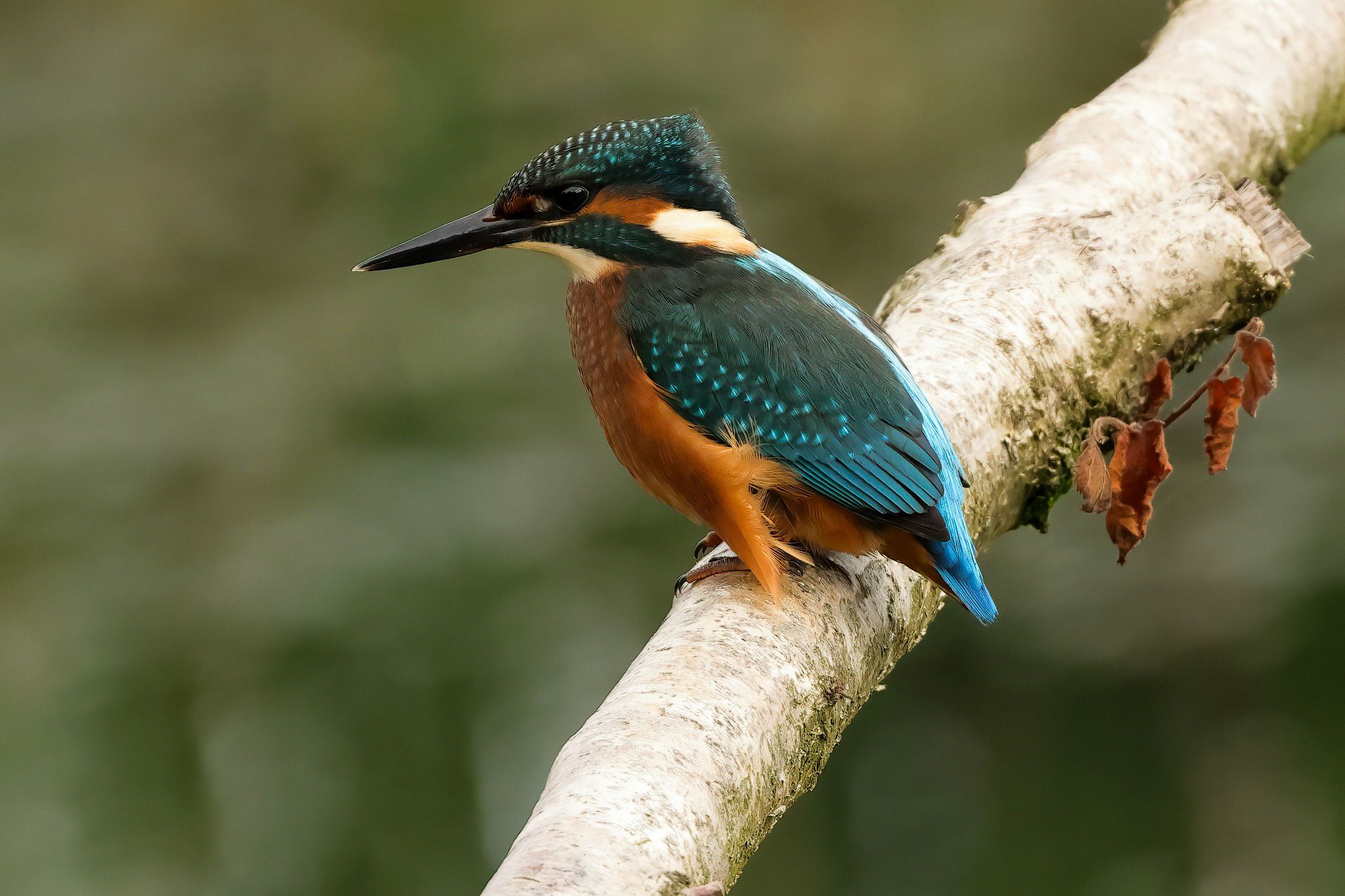
© Jay Thomas at WWT Llanelli
At WWT Llanelli kingfishers nest in our purpose built artificial nesting bank again.
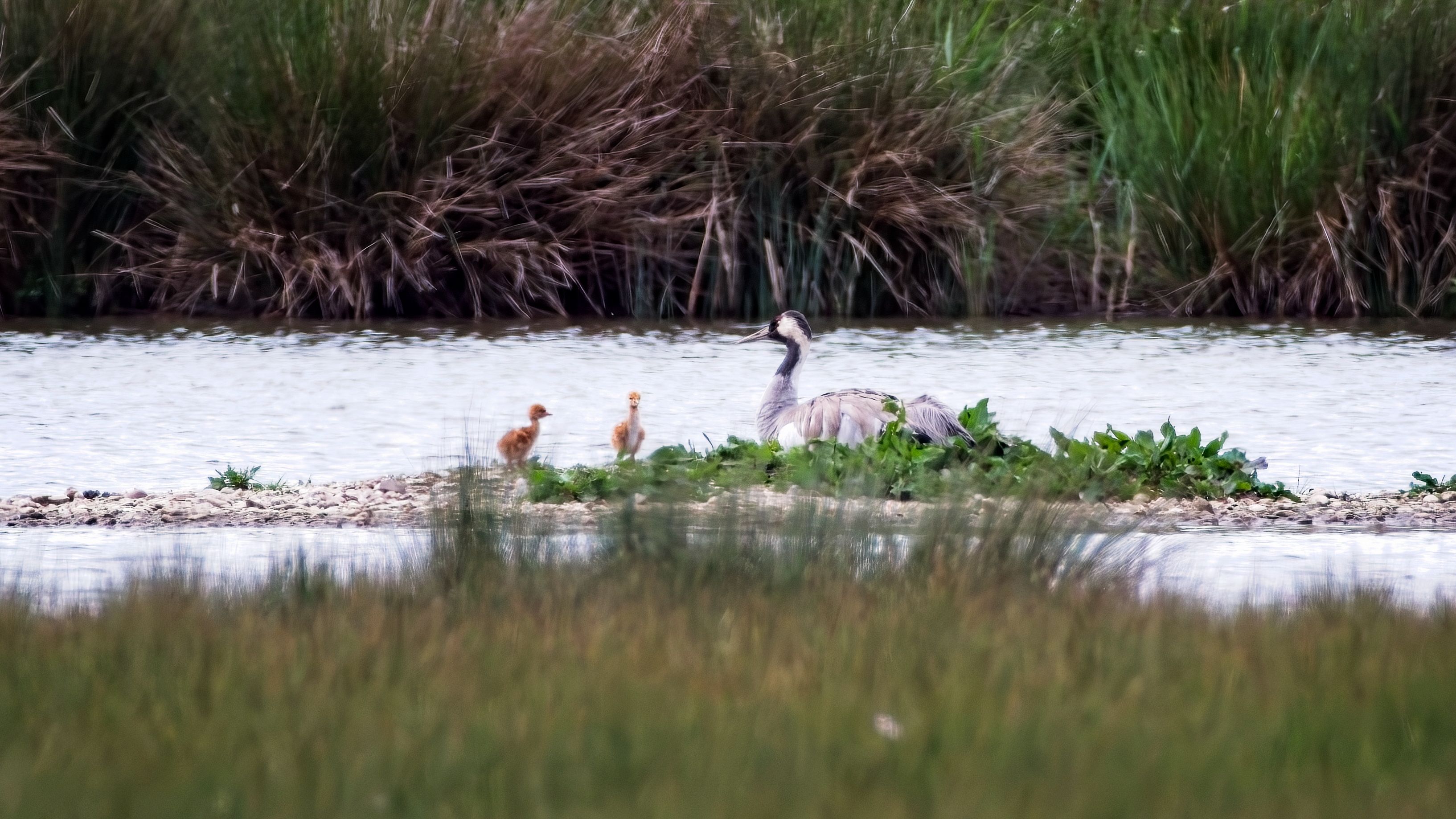
© Martin Price/X
At WWT Slimbridge our crane families continue to thrive.

At WWT Martin Mere, we recorded 300 species of moths this year.
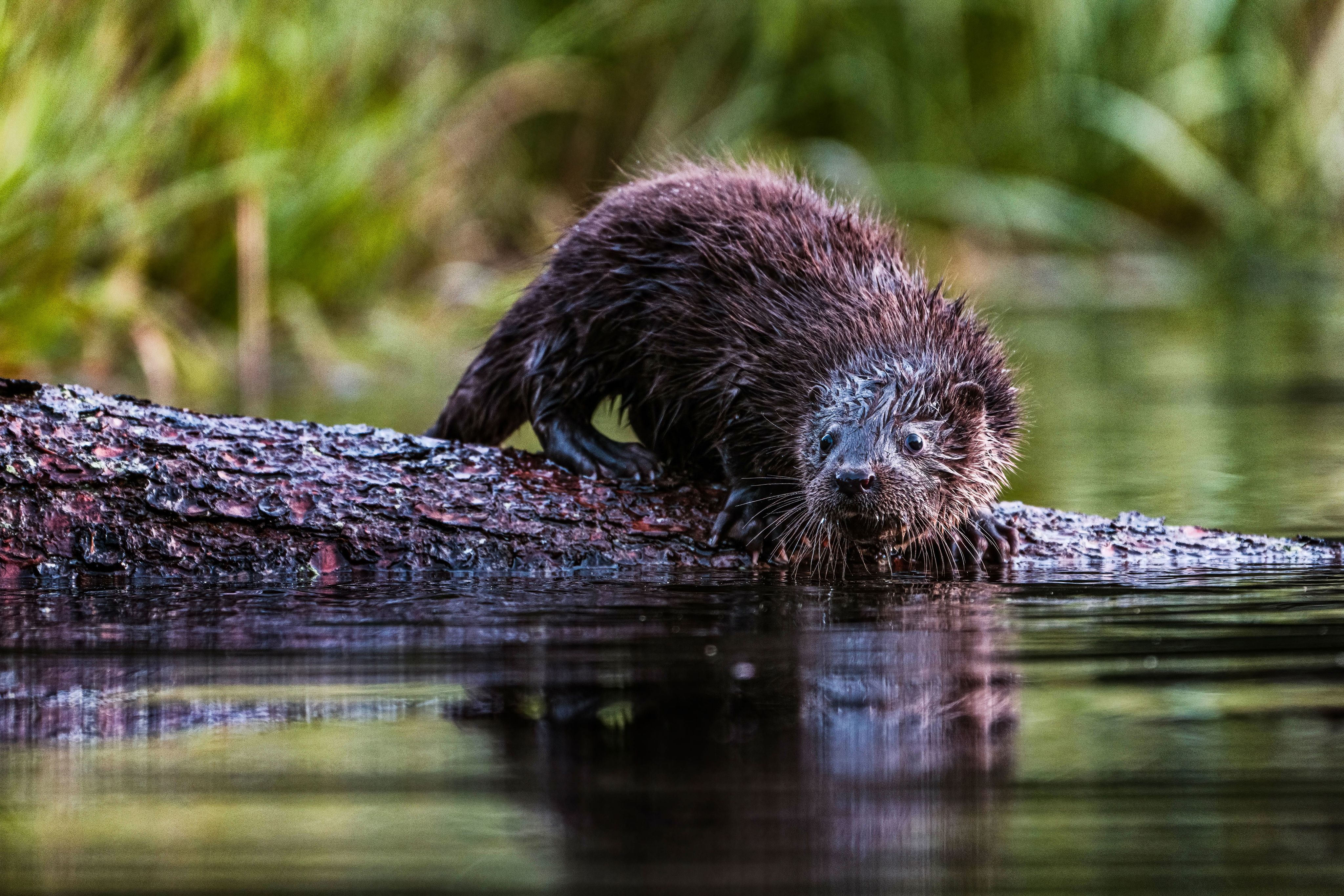
While otters are now being seen across all our reserves.
